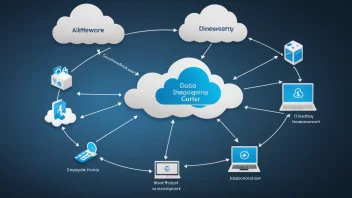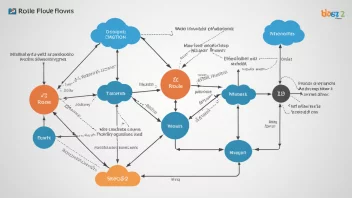Introduction
Blockchain technology is revolutionizing various sectors by providing a decentralized and secure way to manage data. One of the most promising areas for blockchain implementation is in innovation hubs, where collaboration among diverse stakeholders is crucial for fostering creativity and progress. This article explores the top five ways blockchain can enhance collaboration in such environments.
1. Transparency and Trust
Blockchain technology ensures transparency by allowing all participants to access a shared ledger. This transparency builds trust among collaborators, as everyone can verify transactions and contributions made within the hub. With trust established, participants are more likely to share ideas and resources freely.
2. Enhanced Security
Data integrity is critical in collaborative environments. Blockchain utilizes cryptographic hashing to secure data, ensuring that information cannot be tampered with or altered without detection. This level of security encourages participants to share sensitive information, knowing that their contributions are protected.
3. Streamlined Processes
Smart contracts enable automated processes. By implementing smart contracts on a blockchain, innovation hubs can automate agreements and workflows, reducing the need for intermediaries. This leads to faster decision-making and execution of tasks, allowing collaborators to focus on innovation rather than administrative hurdles.
4. Decentralized Funding Mechanisms
Blockchain can facilitate innovative funding solutions. Through tokenization and Initial Coin Offerings (ICOs), innovation hubs can raise funds directly from the community. This decentralized funding approach gives participants a stake in the projects and fosters a sense of ownership, motivating collaboration.
5. Global Reach and Inclusivity
Blockchain technology transcends geographical boundaries. By enabling remote collaboration, innovation hubs can draw in diverse talent from around the world. This inclusivity not only enriches the pool of ideas but also fosters cross-cultural collaboration, leading to more innovative solutions.
Conclusion
Blockchain technology holds immense potential for enhancing collaboration in innovation hubs. By providing transparency, security, streamlined processes, decentralized funding, and a global reach, blockchain can create an environment where creativity and innovation thrive. As organizations continue to explore the capabilities of blockchain, the future of collaborative innovation looks promising.






